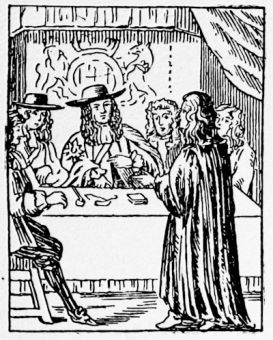
The big Southern planters then occupied in American economic and political life the same paramount position that the corporate giants have today. These three formations had one major feature in common: opposition to the slave power.
#Disintegration of the whig party free#
It had been prepared for by previous experiments along similar lines in the 1840s: the Liberty and Free Soil parties. The Republican Party emerged in the 1850s as the political product of a great national crisis and an instrument for coping with it. An understanding of this party’s evolution and the main reasons for its victory and longevity can cast considerable light on the chances of other third party movements in the United States. That was the swift rise of the Republican Party which is today one of the pillars of the two-party system. The most successful and enduring of all the third-party movements in American history came as a climax to this period in national politics. The precedent for this dual form of upper class rulership, like so much else in early American politics, was given by the British parliamentary system where Tories and Whigs vied for control of the House of Commons, although the American parties have had a far more popular basis from their birth than their British counterparts. The two-party division originated during the administrations of Adams and Jefferson out of the Federalist and Democratic-Republican factions and was crystallized during the two terms of Andrew Jackson from 1829 to 1836 in the shape of the Democratic and Whig candidacies. During the infancy of the Republic under George Washington there was no distinct party. Nothing in the Constitution of the United States dictates that there must be two parties, no more, no less. However, the two-party system is not immortal. That is why the Johnson administration does not hesitate to cut appropriations for welfare even though it spends one-fifteenth as much on its mini-war on poverty as on its escalated war in Vietnam.

To secure funds for campaigning and to stay in office Democrats and Republicans alike must do the bidding of business interests on all major questions of foreign and domestic policy. The outs will use any means to get on the inside where the power and the troughs are. A witty sociologist has observed that for the ordinary politician there are two sides to every question: the inside and the outside.

During election time the candidates of the major parties masquerade as dedicated servants of the peoples’ welfare in order to solicit votes and win office. The two-party racket is inherently a system resting on duplicity. Such close personal links between the giant corporations and the cabinet post in charge of spending tens of billions every year on profitable death-dealing items disclose the material basis of the tie-up between the governing parties and the dominant capitalist class. GM and Ford presidents have served as Secretaries of Defense in the last three administrations: Charles Wilson under Eisenhower and Robert McNamara under Kennedy and Johnson. This comparison has more weight than a literary simile. The Democrats and Republicans are assigned the same monopoly in national politics as General Motors and Ford have in the auto industry. It is almost un-American to sponsor any political formation outside the charmed circle of the predominant parties or to engage in what Senator Eugene McCarthy dismisses as “irregular political movements.” The Republocrat partnership appears as immutable and irremovable as these corporeal organs.Īny deviation from this pattern is considered abnormal, episodic and suspect. The United States has two parties as humans have two eyes and ears, two arms and legs. The ordinary American believes in the two-party system as devoutly and dogmatically as the Stalinist does in the one-party system. The siamese-twin setup is not approached as the product of a particular configuration of historical conditions and social alignments in a particular phase of our national development.

It is considered to be the normal, inevitable mode of political activity in this country. Most citizens place the two-party tradition in the same hallowed category as baseball, apple pie and corruption in high places. The undertaking is made difficult by the mystical aura enveloping this political structure. Such a review would have to proceed from an analysis of the two-party system. This work is completely free to copy and distribute.ĭeep disenchantment with the Democratic administration has stimulated great interest in alternatives to the major capitalist parties and given timeliness to a consideration of the role of third parties in American political history.
#Disintegration of the whig party archive#
Public Domain: George Novack Internet Archive 2005. Source: International Socialist Review, Vol. Third Parties in American Politics George Novack Third Parties in American Politics


 0 kommentar(er)
0 kommentar(er)
